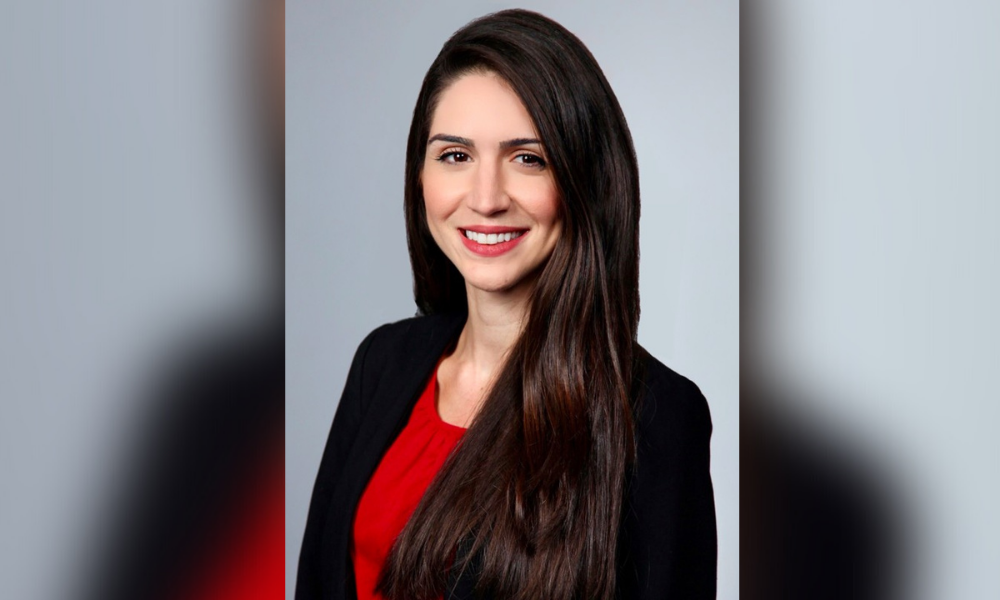What's the key that unlocks homeownership?

Coinciding with International Women’s Day and International Women’s Month, a new report shows that single women are outpacing their male counterparts in achieving home ownership – simultaneously dispelling the myth that buying a house follows love and marriage.
Produced by First American Financial Corp., the study shows that the overall homeownership rate reached a low point of 63% in 2016 in the aftermath of the Great Recession. It has since rebounded to 65.5% last year. A key data point stood out in the analysis: single female-headed households (including women who are widowed, separated or divorced) exceeded 53% in 2021, jumping from a low of 50% in 2016.
Mortgage Professional America spoke to First American deputy chief economist Odeta Kushi (pictured) to learn some of the dynamics behind the upward trend of homeownership among single women.
“The impressive part is that single-female-headed households are clearly prioritizing homeownership as a key tool for wealth creation in the United States,” she said. “One of the points we discuss in the report is that single female homeownership is higher than that of single male heads of households even though the median income for single-female-headed households is actually lower than single men. It indicates that single women are clearly prioritizing purchasing a home.”
Read more: Women more likely to face housing insecurity from the recession
Kushi said the analysis showed that single women are making more financial sacrifices in buying a home, armed with the knowledge that making such a purchase is a positive driver of wealth creation in the United States. “The median homeowner has 40 times the household wealth of a renter, and single females are capturing, or trying to capture, some of the benefits – the wealth creation that comes from homeownership in the United States,” she said. Data indicates nearly $255,000 for the typical homeowner compared with a little more than $6,000 for the typical renter in terms of wealth disparities.
An analysis by the National Association of Realtors further supports the claim that single women are prioritizing homeownership. According to a 2021 analysis, 42% of single women make financial sacrifices compared with 32% of single men who purchase homes. Common financial sacrifices include cutting spending on non-essential goods, entertainment, clothes, and cancelling vacation plans. Growing numbers of single women see the wealth creation that comes with homeownership and have prioritized purchasing a home.
Read next: Mortgage over marriage: more single women are leaning into homeownership
Higher educational attainment also figured prominently in the study, showing the link it has to homeownership. “Our previous research has shown that higher educational attainment results in higher house buying power and improves the likelihood of homeownership,” Kushi said. “We have shown that education attainment has increased for single female heads of household, and that’s likely prompted the increase in homeownership as well.”
Educational attainment is seen as the key to homeownership, she added. “More than ever, educational attainment unlocks homeownership. The share of single female-headed households with a bachelor’s degree or higher has increased 13.6 percentage points since the year 2000. As a result, real median household income for single-female headed households has increased approximately 16.5% in 2020 since the year 2000, resulting in higher house-buying power.”
Such educational attainment yields real dividends, according to the study. In 2000, the difference in the homeownership rate between those with a high school degree and those with a bachelor’s degree was 3.7 percentage points. By 2021, this gap had more than doubled to 7.6 percentage points. The share of single female-headed households with a bachelor’s degree or higher had increased 13.6 percentage points since the year 2000, the study found. As a result, real median household income for single-female headed households had increased approximately 16.5% in 2020 since the year 2000, resulting in higher house-buying power.
“Women get it,” one of the titles to a segment of the report reads, mantra-like: “Get the degree, get the earning power, get the home.” Increasingly, all the single ladies (all the single ladies) are taking those ingredients toward success to heart.



